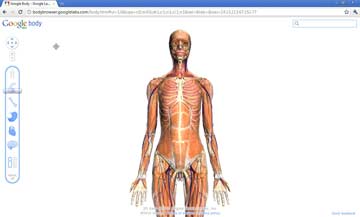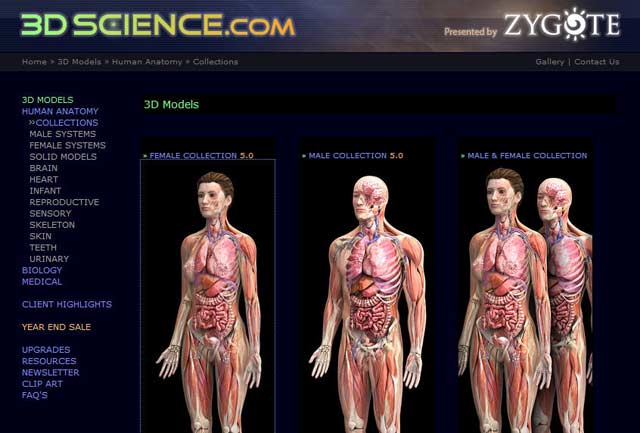The cell is the basic structural and functional unit of all known living organisms. It is the smallest unit of life that is classified as a living thing, and is often called the building block of life. Humans contain about 10 trillion cells.
Organisms can be classified as unicellular (consisting of a single cell; including most bacteria) or multicellular (including plants and animals).
All cells contain the hereditary information necessary for regulating cell functions and for transmitting information to the next generation of cells.
There are two types of cells: eukaryotic and prokaryotic. There are about 210 distinct human cell types. The process by which cells specialise from progenitor cells into the enormous variety of cell types that make up the body is termed differentiation. Unspecialised cells (called Stem Cells) produce cells with specialised structures. The final mature cells may be white blood cells of the immune system; neurons of the central nervous system with dendritic ‘trees’ connecting to thousands of other nerve cells, contractile cells of skeletal muscle or of smooth muscle.
A gamete is a cell that fuses with another cell (ovum and sperm) during fertilization (conception) in organisms that reproduce sexually. A zygote is the initial cell formed when two gamete cells are joined. In multicellular organisms, it is the earliest developmental stage of the embryo.
Early embryos consist of Stem Cells that can produce any type of cell. These cells are described as Totipotent. Stem Cells are also found in a few places in adults, but these can only differentiate into a limited number of types of cell and are called Multipotent.
Cells that work together to perform a particular function are organised into Tissues which are grouped into four main categories :
- Epithelial Tissue – Linings and layers
- Connective Tissue – Holding structures together
- Muscle Tissue – Actuation of movement
- Nervous Tissue – Communication via electrical signal
Tissues that work together to perform a larger function are organised into Organs (Leaves, heart, kidneys, …). Organs may be further organised into Organ Systems, that carry out an overall function (Circulatory System, Nervous System, Reproductive System, …).
How do cells become specialized even though DNA is identical in every cell ? The short answer is that not every gene that is encoded by the DNA is expressed in every cell. All cells express a certain set of genes, often called “housekeeping” genes. These genes encode proteins that are essential for every type of cell. Each specialized type of cell also expresses a tissue-specific set of genes, which are unique to that particular tissue or organ. The cells become specialized for a particular function during the development of the organism.


